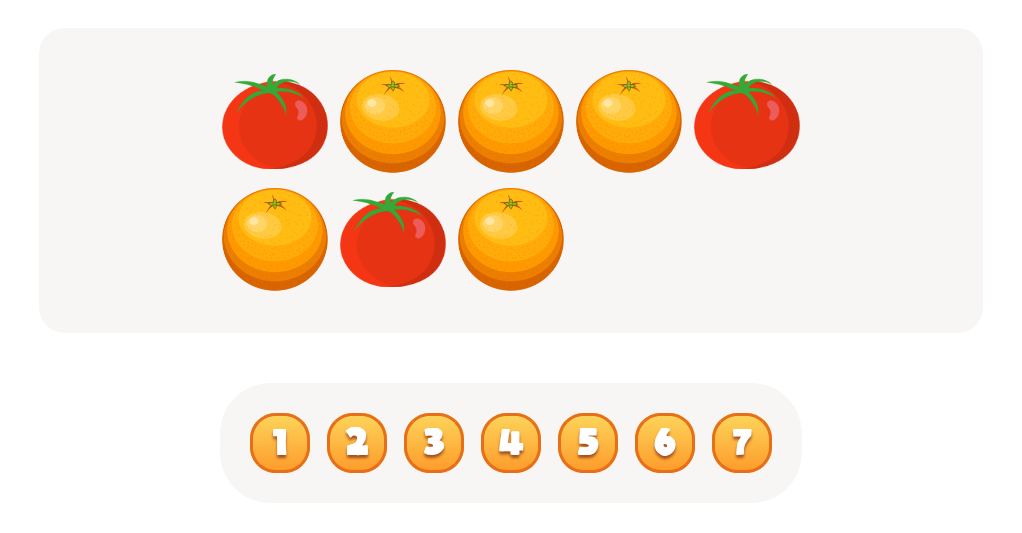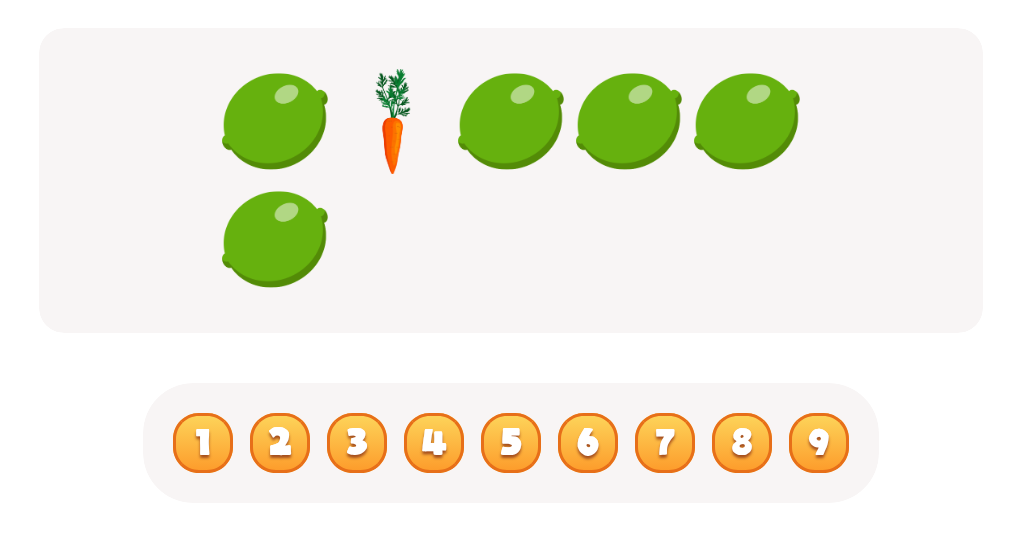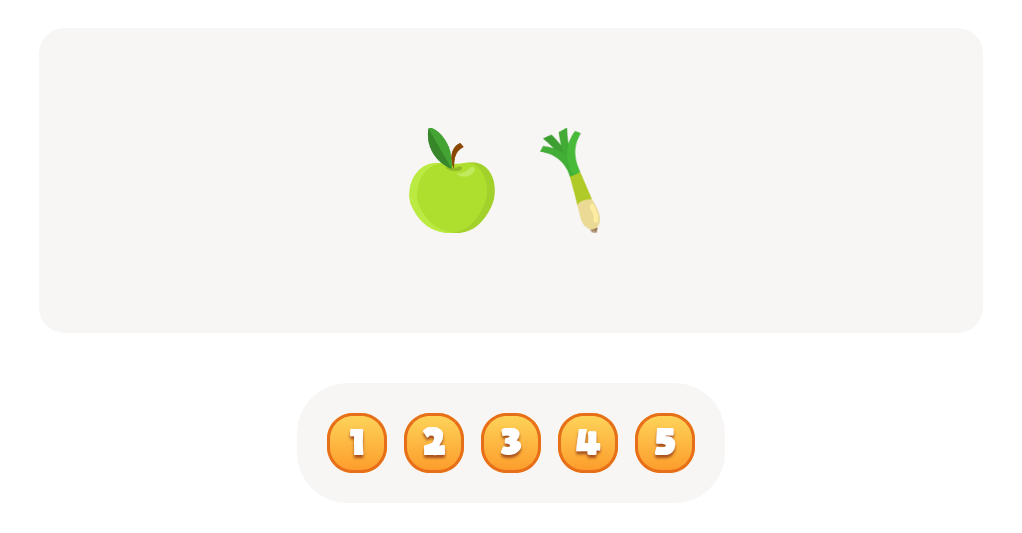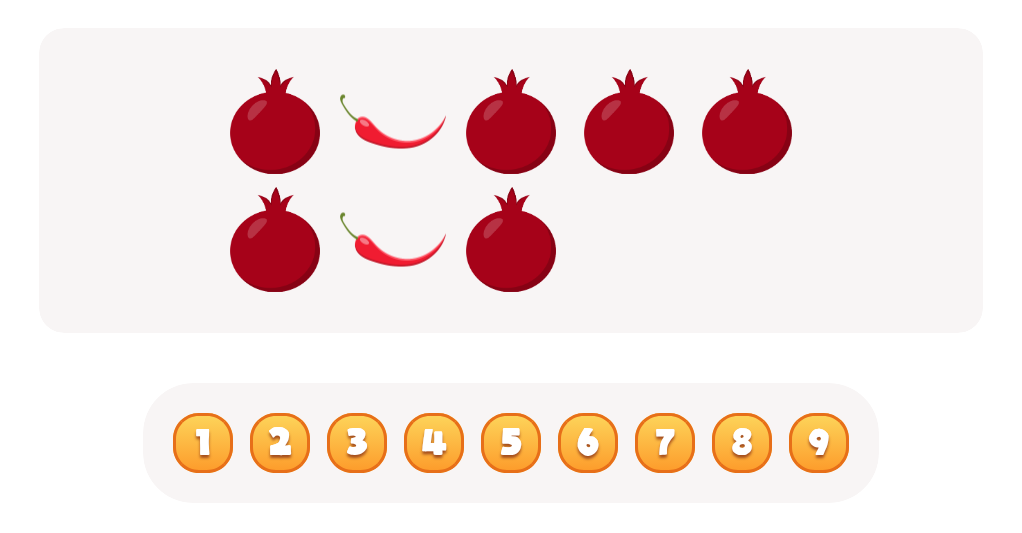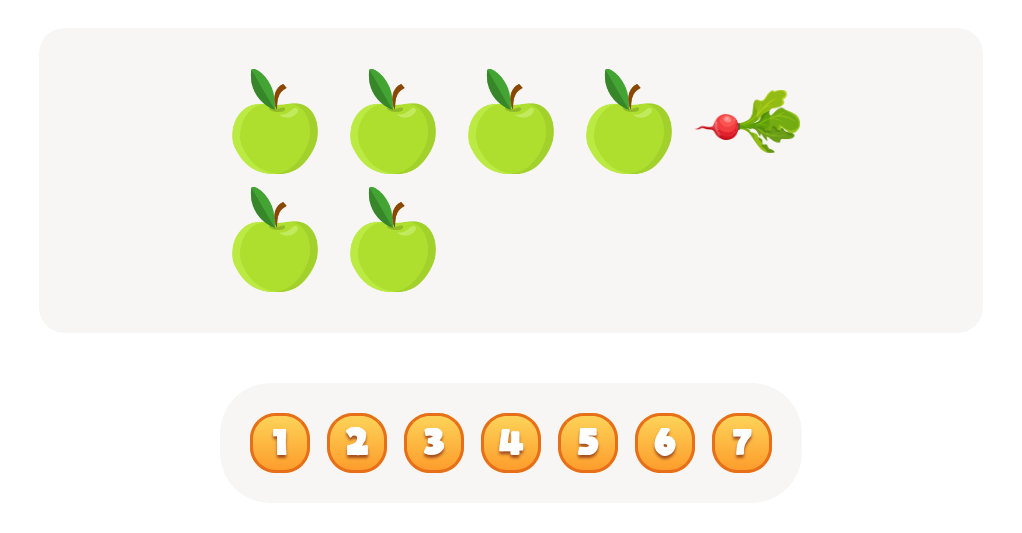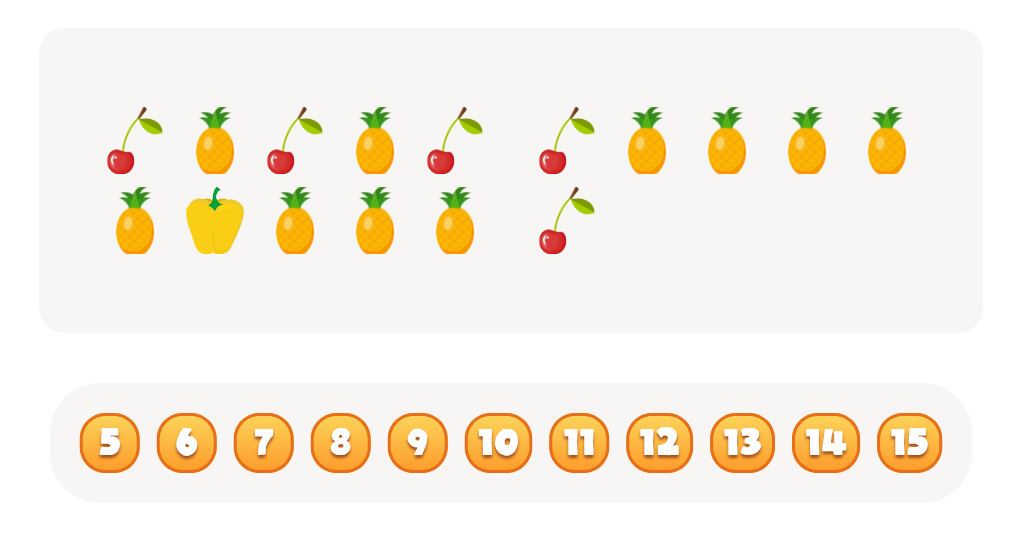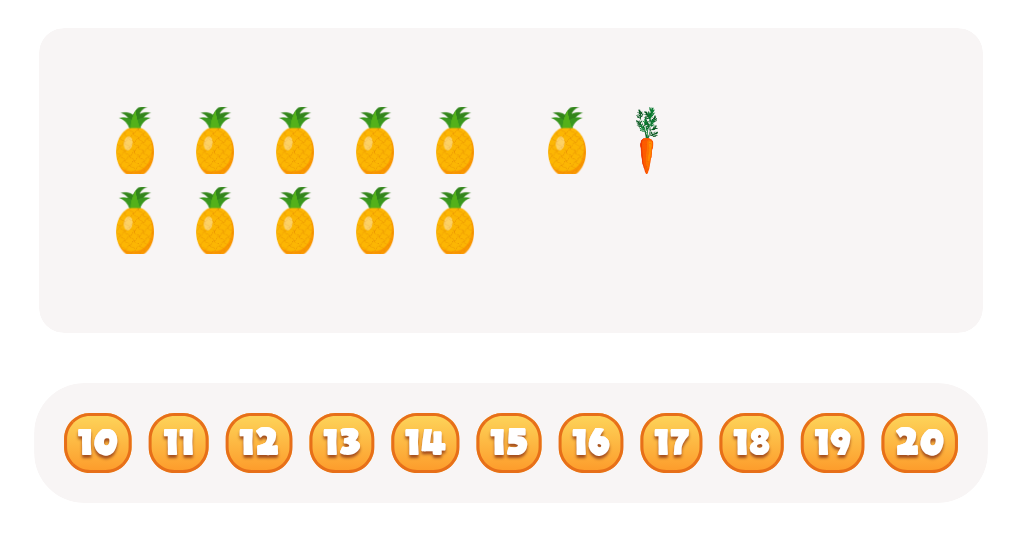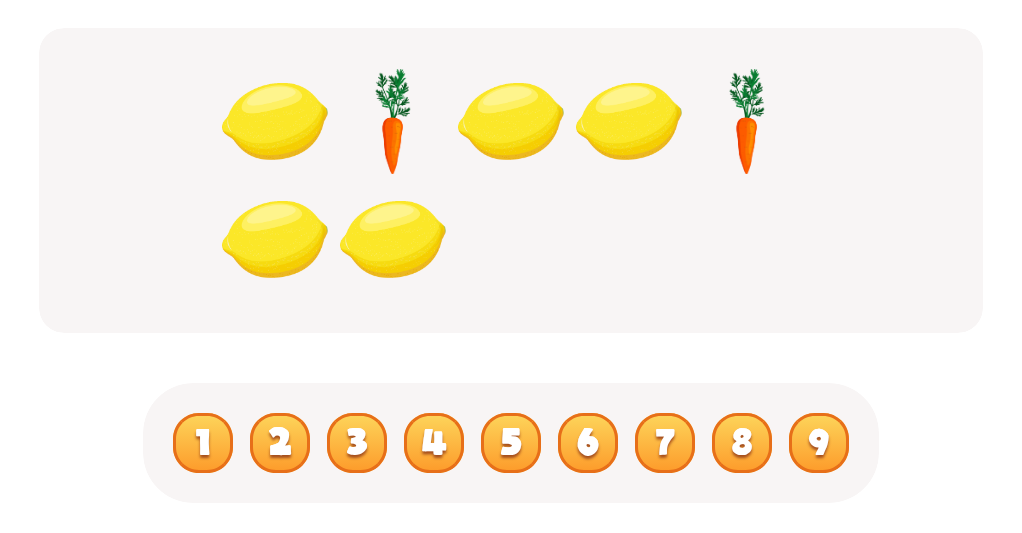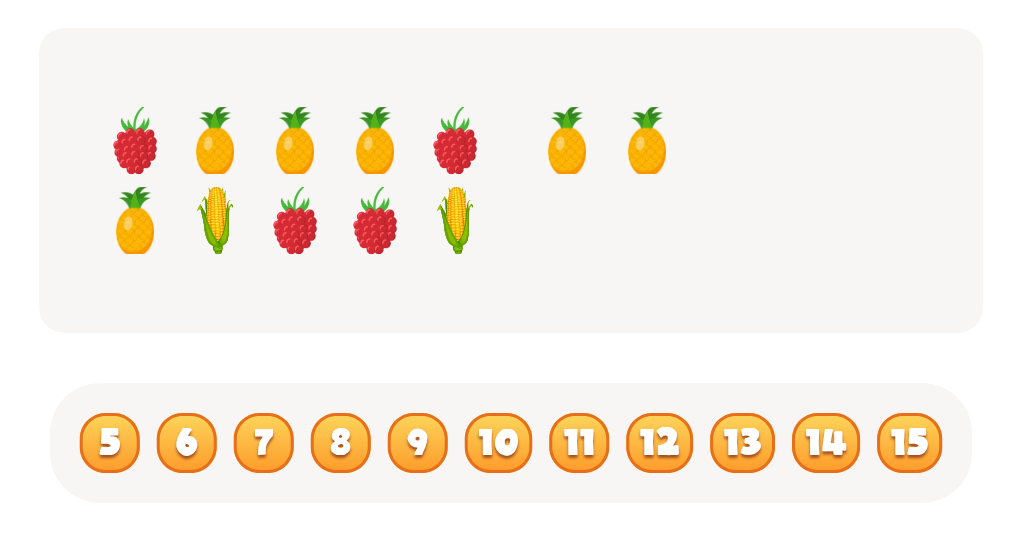Plant identification Plants and Animals Worksheets for Ages 4-8
5 filtered results
-
From - To
Explore the wonders of nature with our "Plant Identification Worksheets" designed for children ages 4-8. These engaging worksheets foster curiosity and enhance observation skills as young learners identify various plants and animals. With colorful visuals and interesting facts, your child will enjoy discovering the unique characteristics of different flora and fauna. Ideal for classrooms or home learning, these resources encourage hands-on activities and outdoor exploration. Help your child connect with nature while developing essential skills in science and critical thinking. Perfect for budding botanists and animal enthusiasts, our worksheets create a fun learning experience filled with adventure!
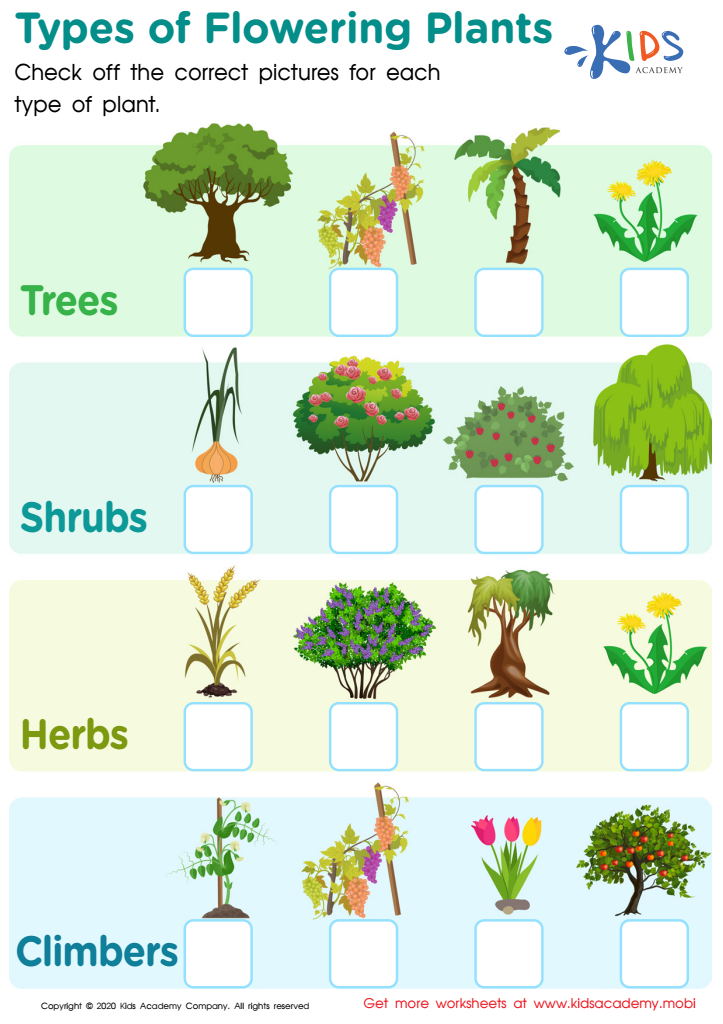

Types of Flowering Plants Worksheet


Plant Fun Worksheet
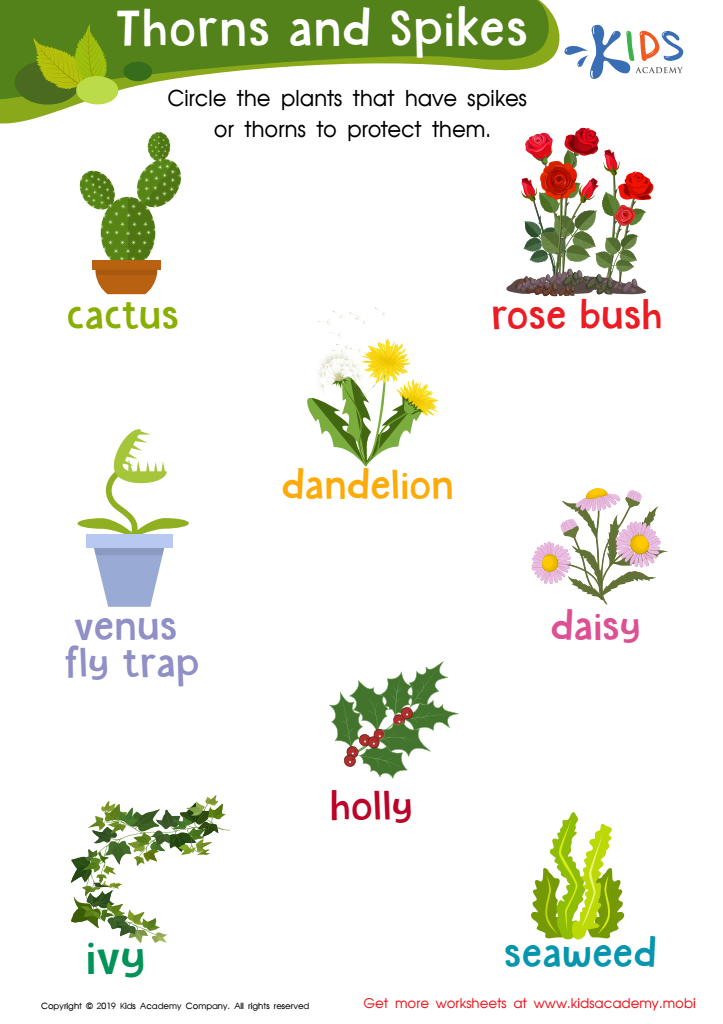

Thorns and Spikes Worksheet


What Do Plants Need to Grow Worksheet
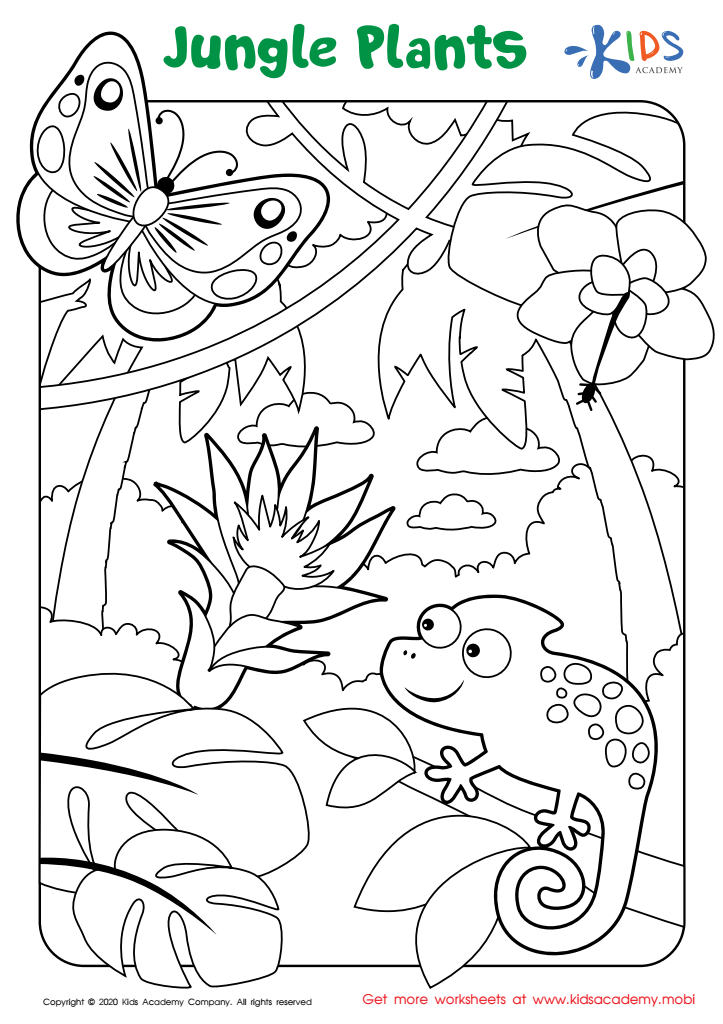

Jungle Plants Worksheet
Plant identification and understanding local flora and fauna play a crucial role in the early development of children aged 4-8. Engaging young learners in observing and identifying plants and animals not only sparks their curiosity but also fosters a deeper connection to the environment. This foundational knowledge promotes awareness of biodiversity and encourages a sense of stewardship for nature from an early age.
Parents and teachers should care about this subject because it enhances children's critical thinking and observational skills. By learning how to distinguish various plants and animals, children can develop inquiry-based learning habits that are essential for future scientific exploration. Additionally, these activities encourage outdoor play, which has numerous physical and psychological benefits, such as improved motor skills and reduced stress.
Furthermore, plant and animal identification provides rich opportunities for interdisciplinary learning, blending science with art and literature. It nurtures empathy and respect for living things, traits that are crucial in building responsible future citizens. Ultimately, integrating nature exploration into early education helps instill a lifelong love for the natural world, encouraging children to explore, protect, and sustain the environment for generations to come. This investment in their early education shapes well-rounded individuals with a deep understanding of biodiversity.

 Assign to My Students
Assign to My Students

